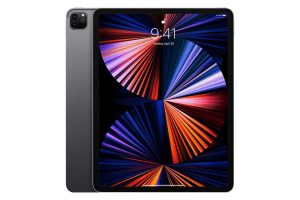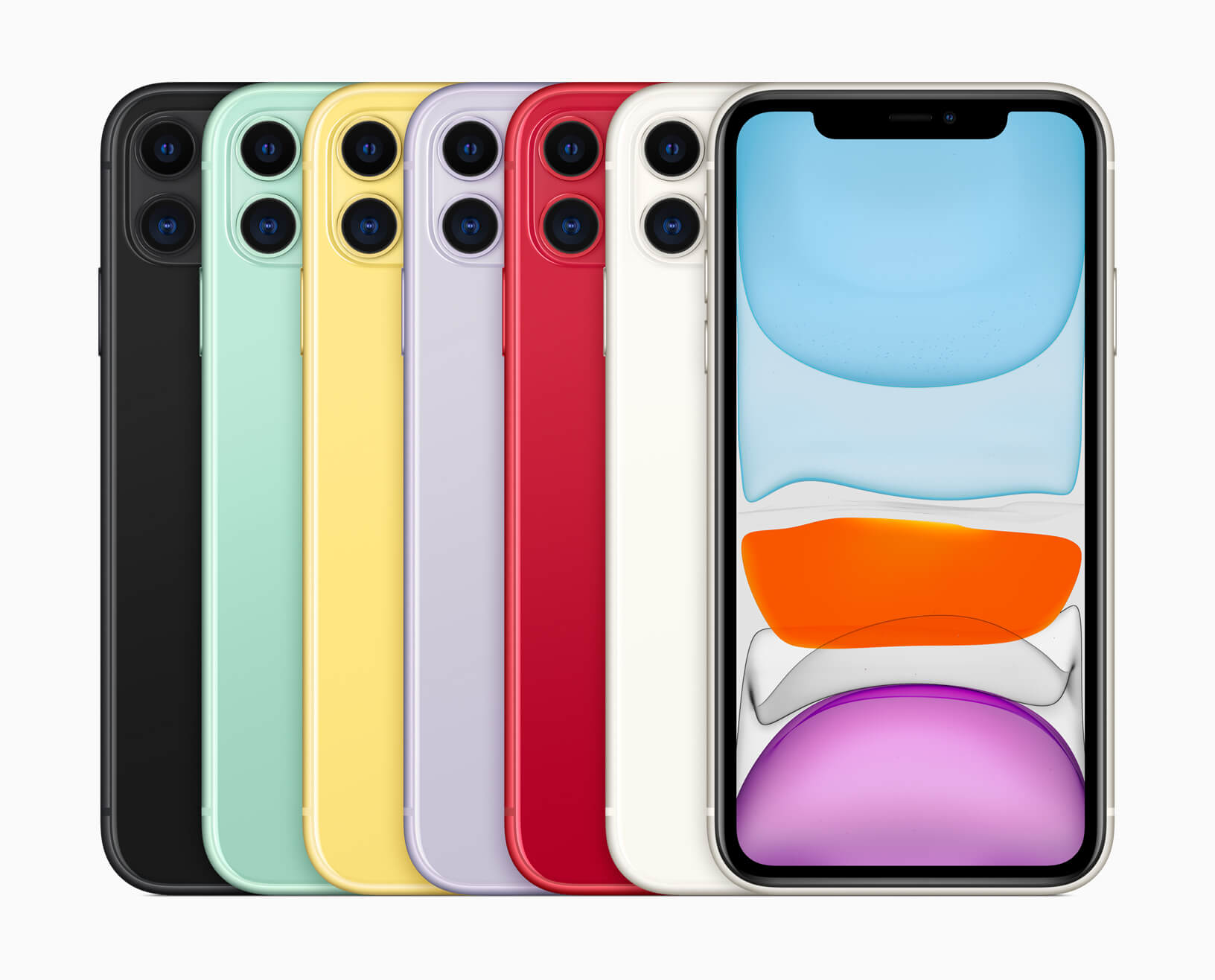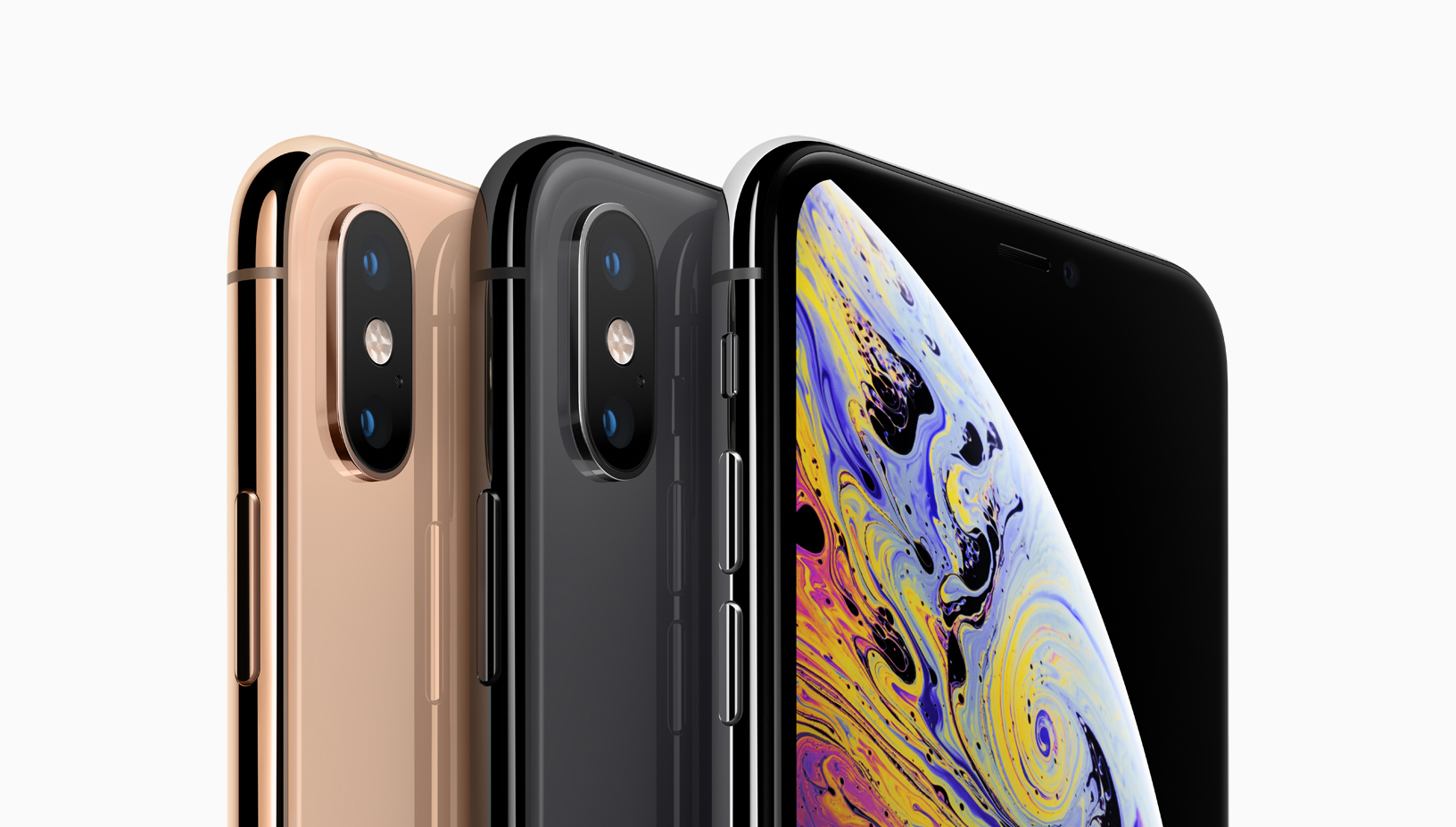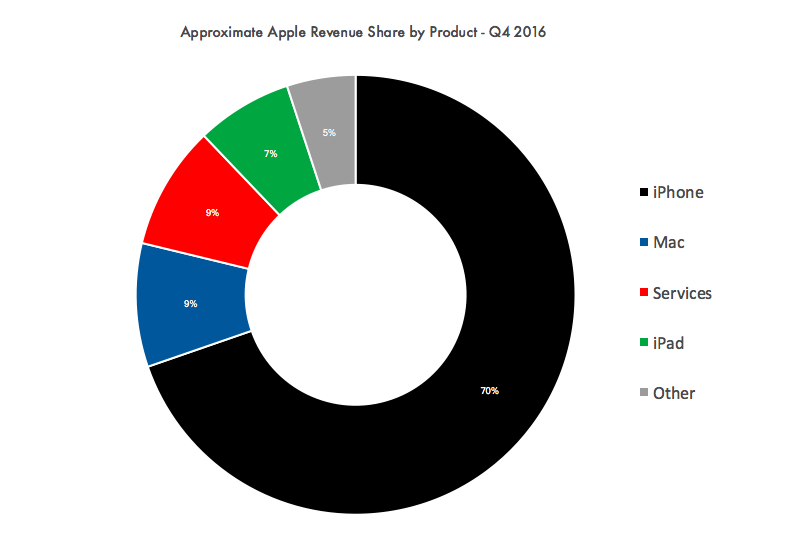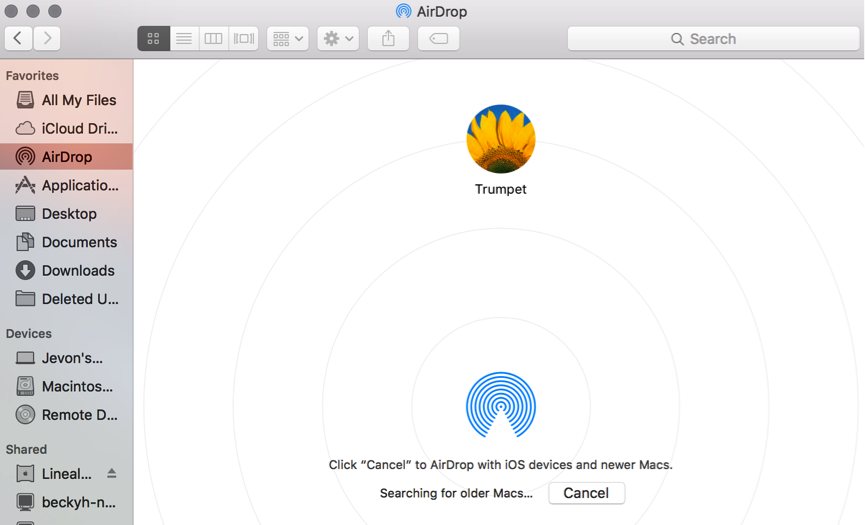Apple has announced ambitious plans to expand the use of recycled materials, particularly metals, in its devices.
The company has set a new target to use 100% recycled cobalt in all Apple-designed batteries by 2025, along with entirely recycled rare earth elements in magnets, 100% recycled tin soldering in printed circuit boards, and 100% recycled gold plating.
The use of these key recycled metals has already significantly increased in recent years, with Apple now sourcing over two-thirds of all aluminum, nearly three-quarters of all rare earths, and over 95% of all tungsten in Apple products from 100% recycled material. The company aims to make all its products using only recycled and renewable materials, and to achieve carbon neutrality for every product by 2030.
Showing progress, 73% of recycled rare earth elements used in the Tech Giant’s devices came from recycled sources last year, and during 2022, a quarter of all cobalt found in Apple products came from recycled material.
Cobalt mining can be both environmentally damaging and comes at enormous human cost. A dramatic surge of demand for the rare metal have caused widespread worker deaths and human rights abuses in the Democratic Republic of the Congo, where 75% of the World’s Cobalt originates, that is then refined via Chinese metal processors and sold on to electronics manufacturers. Child labourers are often forced to work without protective equipment, even though cobalt is toxic and frequently unearthed alongside radioactive uranium.
Innovation has also driven progress toward Apple’s goal of eliminating plastics from the company’s packaging. The company has developed fibre alternatives for packaging components like screen films, wraps, and foam cushioning and is working to replace labels, lamination, and other small uses of plastics.
To cut the need for labels and glue, Apple has developed a custom printer to introduce digital printing directly onto the boxes of iPhone 14 and iPhone 14 Pro, and has introduced a new overprint varnish in packaging for iPad Air, iPad Pro, and Apple Watch Series 8 that replaces the polypropylene plastic lamination found on boxes and packaging components. These innovations have helped the company avoid over 1,100 metric tons of plastic so far.

